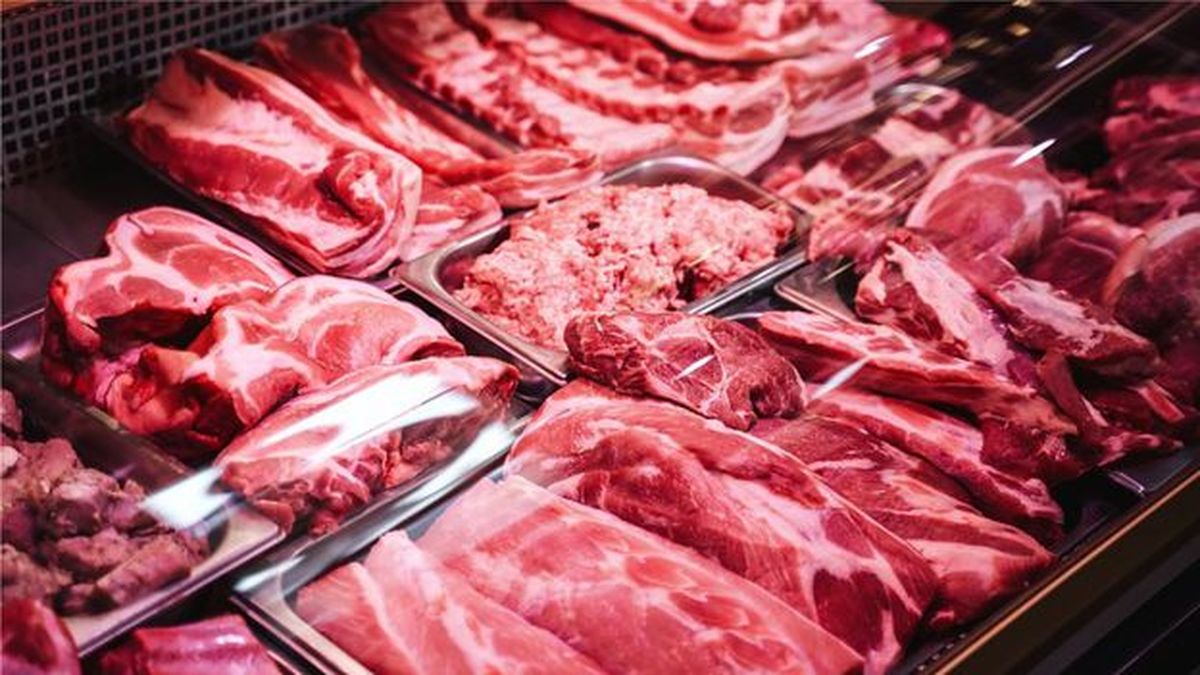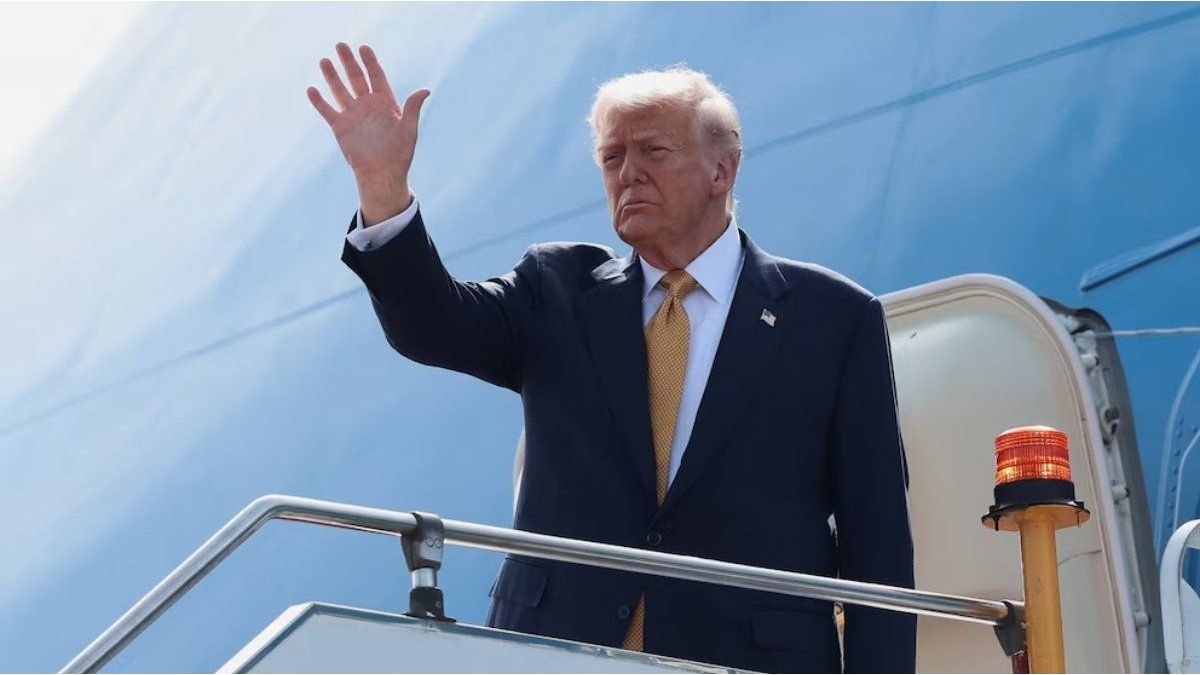The closure of exports and then the measures that made them more flexible managed to increase the domestic supply, resulting in a drop in the price in real terms throughout the year. This increase towards the end of the year was seen in a lower amount of closed farms and for 10 consecutive months, the occupation in feed lots was in decline. This was due to high corn prices in the second half and a constant steer price. At the time of closing the instant gross margin was not the most auspicious. The new rules of the game regarding exports produced a decrease in production, achieving a lower supply and a rise in price.
The replacement market (calf-steer) as in 2020 was in price increase throughout the year. This was mainly due to a value safeguard by the producer generated by the increase in uncertainty in the last 2 years and caused the calf/steer ratio to be very high until the steer accommodated the price. As in 2020, the producer bet on long rearing trying to shorten the time in the corral.
With respect to corn, it is possible to affirm that it had a very important role since it is the main input for fattening in pens. This cereal ended up on the rise and was one of the causes of the decrease in the closing of the farm. Today, Argentina exports 70% of its corn production. In the 2020/2021 campaign, it even surpassed Brazil in exports and was second below the US. This shows that feed for free-range steers depends a lot on the international commodity market and the gross margin of the business. Given the increases in food, we sought to lengthen the processes of rearing to pasture. Fact that produced a delay in the offer of the fat steer.
It should be noted that meat also has great international influence and that the world price was increasing, but Argentina was limited in its export volume due to the well-known government measures. Just look at neighboring countries like Uruguay where the price of meat is 5 dollars for the producer, a country that exports 90% of what it produces.
Towards the end of 2021, the price of the steer settled down, achieving a 20% rise. This made fattening in the corral make more sense and feed lot income began and the trend of negative balance (inputs-outputs) that the corrals were having until October was reversed.
As we discussed in the last talk we had with our investors, international demand comes with very firm prices but is accompanied by a sharp increase in costs (energy, grains, freight, labor and inflation) and by the uncertainty generated by the possibility of taking intervention measures.
It is important to mention that having sustained prices does not mean that there will be fluctuations in the market. This point will remain very volatile in a scenario marked by war, weather and rates. In this context of high prices and costs, it is recommended to cover the costs that are set for the next campaign with sales, seeking flexible coverage that allows capturing increases.
What is clear is the growing demand for meat worldwide. The region has been increasing production with very good prices for its exports and Argentina should not miss this opportunity.
ADBlick Livestock Operations Leader
Source: Ambito




